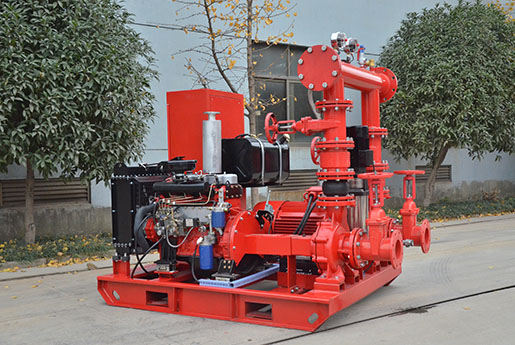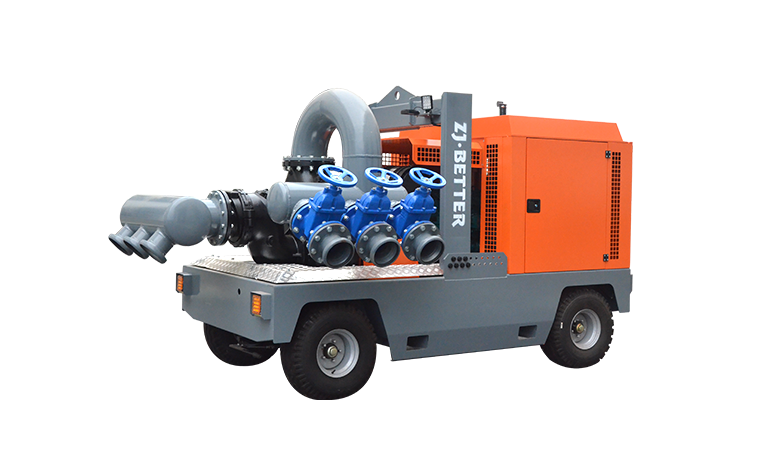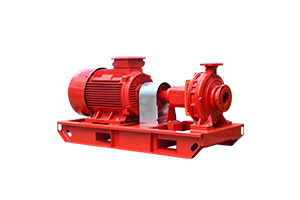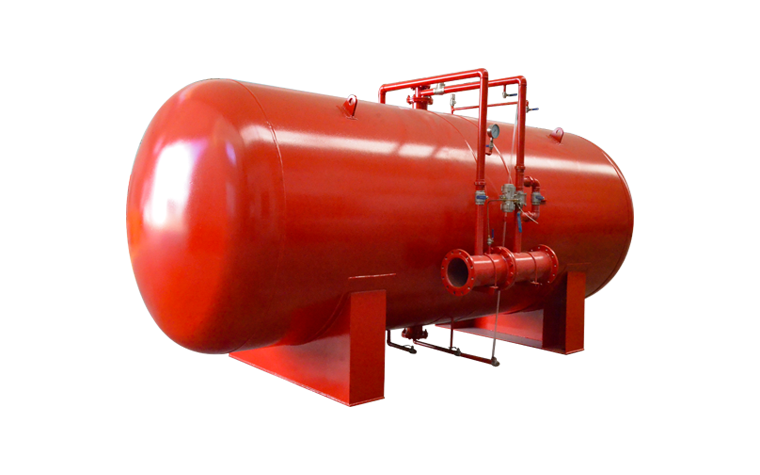-
 Sep 13, 2023BETTER TECHNOLOGY GROUP Business OverviewBETTER TECHNOLOGY GROUP CO., LTD. (hereinafter referred to as "BETTER Tech"), established in 2004, is a company dedicated to providing sled-mounted pump system solutions. The company boasts extensive experience and specialized knowledge in the field of water pumps and distributes its products across various countries and regions. Here is some essential information about BETTER TECHNOLOGY GROUP:View details
Sep 13, 2023BETTER TECHNOLOGY GROUP Business OverviewBETTER TECHNOLOGY GROUP CO., LTD. (hereinafter referred to as "BETTER Tech"), established in 2004, is a company dedicated to providing sled-mounted pump system solutions. The company boasts extensive experience and specialized knowledge in the field of water pumps and distributes its products across various countries and regions. Here is some essential information about BETTER TECHNOLOGY GROUP:View details -
 Sep 12, 2023Causes of fire pump seal failureFire pump seal failure can lead to leaks, reduced pump efficiency, and potentially catastrophic consequences during a fire emergency. There are several common causes of fire pump seal failure that should be addressed to maintain the reliability and performance of the pump:View details
Sep 12, 2023Causes of fire pump seal failureFire pump seal failure can lead to leaks, reduced pump efficiency, and potentially catastrophic consequences during a fire emergency. There are several common causes of fire pump seal failure that should be addressed to maintain the reliability and performance of the pump:View details -
 Sep 12, 2023What causes fire pump vibration?Fire pump vibration can occur for various reasons, and it's essential to identify and address the underlying causes to ensure the pump operates efficiently and reliably during a fire emergency. Here are some common factors that can cause fire pump vibration:View details
Sep 12, 2023What causes fire pump vibration?Fire pump vibration can occur for various reasons, and it's essential to identify and address the underlying causes to ensure the pump operates efficiently and reliably during a fire emergency. Here are some common factors that can cause fire pump vibration:View details -
 Sep 11, 2023Analysis of fire pump energy-saving operation effectAnalyzing the effects of energy-saving measures implemented in the operation of fire pumps is essential to ensure that the system remains efficient and effective while reducing energy consumption. Here's how you can assess the impact of energy-saving measures on fire pump operation:View details
Sep 11, 2023Analysis of fire pump energy-saving operation effectAnalyzing the effects of energy-saving measures implemented in the operation of fire pumps is essential to ensure that the system remains efficient and effective while reducing energy consumption. Here's how you can assess the impact of energy-saving measures on fire pump operation:View details -
 Sep 11, 2023Fire pump energy-saving operation principleEnergy-saving operation principles for fire pumps are crucial to ensure that these critical systems are efficient while maintaining their effectiveness during firefighting emergencies. Here are some key principles for energy-saving operation of fire pumps:View details
Sep 11, 2023Fire pump energy-saving operation principleEnergy-saving operation principles for fire pumps are crucial to ensure that these critical systems are efficient while maintaining their effectiveness during firefighting emergencies. Here are some key principles for energy-saving operation of fire pumps:View details -
 Sep 11, 2023Fire pump energy-saving operation principleEnergy-saving operation principles for fire pumps are crucial to ensure that these critical systems are efficient while maintaining their effectiveness during firefighting emergencies. Here are some key principles for energy-saving operation of fire pumps:View details
Sep 11, 2023Fire pump energy-saving operation principleEnergy-saving operation principles for fire pumps are crucial to ensure that these critical systems are efficient while maintaining their effectiveness during firefighting emergencies. Here are some key principles for energy-saving operation of fire pumps:View details

.png)
.png)

.png)


